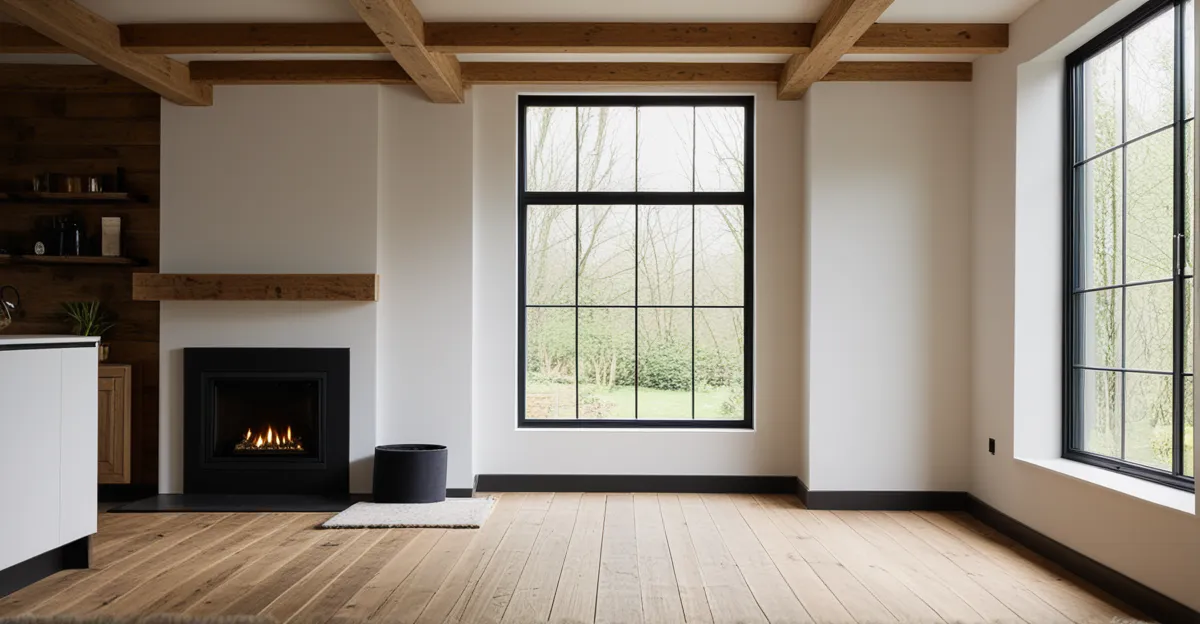Quick-Start Guide to Easy DIY Home Improvements
Starting with DIY home improvement can seem daunting, but plenty of beginner DIY ideas require just a few tools and minimal skills. Simple projects like painting an accent wall, installing peel-and-stick wallpaper, or assembling floating shelves offer immediate aesthetic upgrades without a hefty price tag.
To keep expenses low, consider sourcing affordable materials from discount stores or repurposing items you already have. For example, old jars can become charming storage containers with a bit of paint. Budget-friendly supplies mean you can try several beginner DIY ideas without worrying about heavy investment.
Have you seen this : How Can Incorporating Traditional UK Home Decor Enhance Your Living Space?
Focus on small, yet impactful changes in living rooms or bedrooms — such as swapping out cabinet handles or adding decorative cushions. Even small spaces benefit: adding hooks or hanging organizers improves functionality instantly. By tackling manageable tasks, you build confidence and see swift results, motivating you to try more ambitious DIY home improvement projects.
Starting with straightforward, cost-effective, and visually rewarding projects ensures your first DIY home improvement experience is enjoyable and successful.
Also read : How Can You Transform Your Living Room into a Tranquil Oasis?
Step-by-Step Instructions for Popular DIY Projects
Mastering step-by-step DIY instructions transforms beginner enthusiasm into tangible results. Simple home upgrades like painting an accent wall or assembling shelving can be done with minimal tools—typically a paintbrush, roller, screwdriver, and measuring tape. For painting, prep includes cleaning, taping edges, and applying primer if needed. Generally, expect 2–4 hours from start to finish, including drying. Follow these detailed steps in order to avoid common errors like uneven coverage or drips.
Shelving projects require measuring the wall space, choosing appropriate brackets, and securing shelves at level height. Using a stud finder ensures stability, while a spirit level keeps shelves straight. Estimated time for shelving is roughly 1–2 hours, depending on complexity.
Using clear, concise DIY instructions helps reduce frustration and accelerates progress. Visual cues like photos or sketches aid understanding, especially for beginners. Step sequences that emphasize safety precautions—such as wearing gloves or ventilating the area when painting—are critical. Following these guides methodically makes DIY home improvement projects accessible, even for those new to DIY, turning simple projects into confidently completed home decor transformations.

